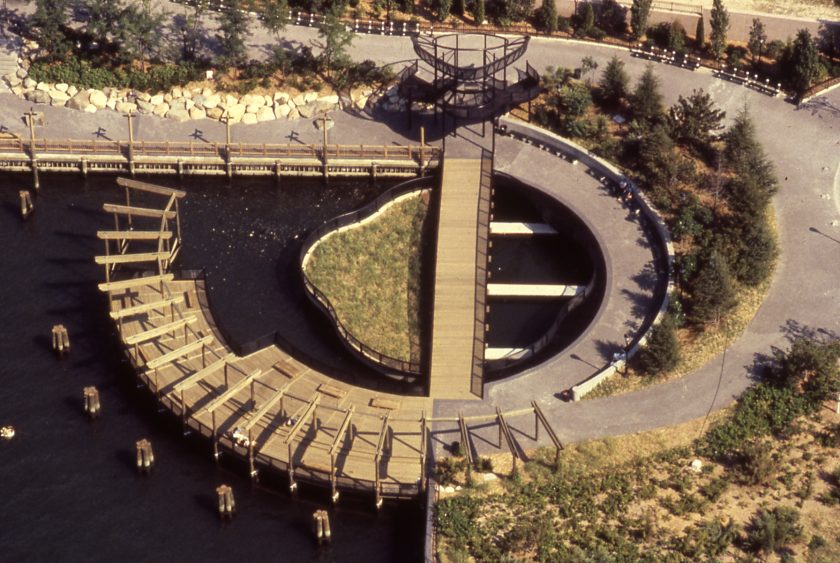When a subject intimidates a student, the student may rely on sources to say ideas for them (the block quote!), or rely on jargon in order to “conform” to the expectations of the subject, or even neglect to explain abstract ideas using concrete examples. Think of our discussions early n the semester like “what is science?”; how could we have discussed the abstract idea of “science” without the writings (serving as concrete examples) provided by Prof. Wilson?
Therefore, this page builds on the concepts and resources found on the Annotated Bibliography Resources page by focusing specifically on writing in the sciences. While writing an annotated bibliography ultimately depends on your ability to read and understand a source, writing in the sciences generally cleaves to the same principles of good writing in general. I believe in the relationship between being a strong reader and being a strong writer; most importantly, these skills can be improved upon no matter the age of the person or the phase of your education or career.
How to use this page
This page is not a “guide to writing for the sciences.” it is a carefully chosen set of sources aimed towards writing in the sciences. Because good writing “shows” rather than “tells,” I’ve embedded PDFs into these pages rather than summarize the sources for you; moreover, I encourage you to determine whether or not these sources will help you and if so, whether or not to find them yourself.
After looking over these sources (and the ones at the Annotated Bibliography page – there is some overlap), a very productive activity for students is to make an appointment with me during office hours and bring examples or a source that you’re reading or something that you’re writing. Together, we can discuss some of the concepts or suggestions from the sources below, or I can guide you through the activities suggested in any of the sources from this page or the Annotated Bibliography Resources page. Because of my lack of famliarity with the methods of scientific research or conventions of the discipline, I’m hesitant to edit or “look over” any work to offer constructive feedback. Working together on how to read a source or coaching you through an exercise would be more useful for both of us – I inevitably learn from students and studetns become empowered as self-learners.
Videos
- Kristin Sainani’s online course “Writing in the Sciences” contains over 50 videos dedicated to writing in the sciences: Website | Youtube
Joshua Schimel, Writing Science
Embedded below are two PDFs with excerpts from Joshua Schimel’s book, Writing Science. The first PDF includes exercises that you can apply to your own writing and the second PDF contains his personal recommendations for writing resources. I personally can vouch for his recommendation of Style: Towards Clarity and Grace by Joseph Williams, which is applicable to any discipline and, with practice, will improve your writing no matter if a cover letter, informal email, or a formal academic paper.
[gview file=”http://eportfolios.macaulay.cuny.edu/wilson2016/files/2016/10/Schimel-J_Writing-in-Science_Ch-2-exercises.pdf”]
[gview file=”http://eportfolios.macaulay.cuny.edu/wilson2016/files/2016/10/Schimel-J_Appendix-B-Writing-Resources.pdf”]
Helen Sword, Stylish Academic Writing
Prof. Helen Sword at the University of Auckland wrote Stylish Academic Writing with the intention to give scholars tips on how to improve their writing rather than focus on why so much academic writing is … well, bad. In her introduction, she explains the various parts of her process: first, she surveyed seventy colleagues about the writers in their field who they considered “stylish.” In her second phase, she analyzed books and articles by more than 100 authors recommended to her by colleagues. Her third stage included assembling data:
I assembled a data set of one thousand academic articles from across the sciences, social sciences, and humanities; one hundred articles each from international journals in the fields of medicine, evolutionary biology, computer science, higher education, psychology, anthropology, law, philosophy, history and literary studies … I used them not only to locate real-life examples of both engaging and appalling academic prose but also to drill down into specific questions about style and the status quo. For example, how many articles in each discipline contain personal pronouns (I or we)? (Sword, Stylish Academic Writing, 9)
The usefulness of Sword’s explanation of method and the above quote is two-fold: first, it explains her research process; second, I like the way she explains the relationship between her data and the results – namely, the tips, exercises, recommendations, and examples – for scholars to learn how to improve. In other words, Sword’s introduction performs precisely what you’re being asked to do in Science Forward: begin with a tentative research topic, gather original data, and then use the data to provide insight into her original topic.
Her chapter about her method, “On Being Disciplined” demonstrates how her data upended or confirmed her original hypothesis, academic writing is shaped by convention rather than the discipline itself (Sword 20). As an evolutionary biologist, Prof. Wilson might be interested in this part of the chapter:
For example, I had anticipated that the science journals in my sample would all be highly prescriptive tolerating very little variance in structure, titling, or other points of style. This expectation proved true for medicine, a field in which researchers tend to work in large teams publish their findings in a standardized template. In evolutionary biology and computer science, however, I found considerable more expressive diversity. Ten percent of the evolutionary biologists in y sample opted for a unique or hybrid structure in a field where the standard Introduction, Method, Results, and Discussion (IMRAD) structure predominates … at least eleven percent of of the evolutionary biologists include one “engaging” element in their titles, such as a quote, a pun, or a question (Sword 18).
Her book includes “Spotlight” pages that highlight the accomplishments and writing of scholars in various fields in order to dispel the myth that there’s a mutually exclusionary relationship between being an engaging writer and being a strong scholar. Below is her spotlight on the physicist Nathaniel David Mermin:
[gview file=”http://eportfolios.macaulay.cuny.edu/wilson2016/files/2016/10/Sword-Helen_Spotlight.pdf”]


